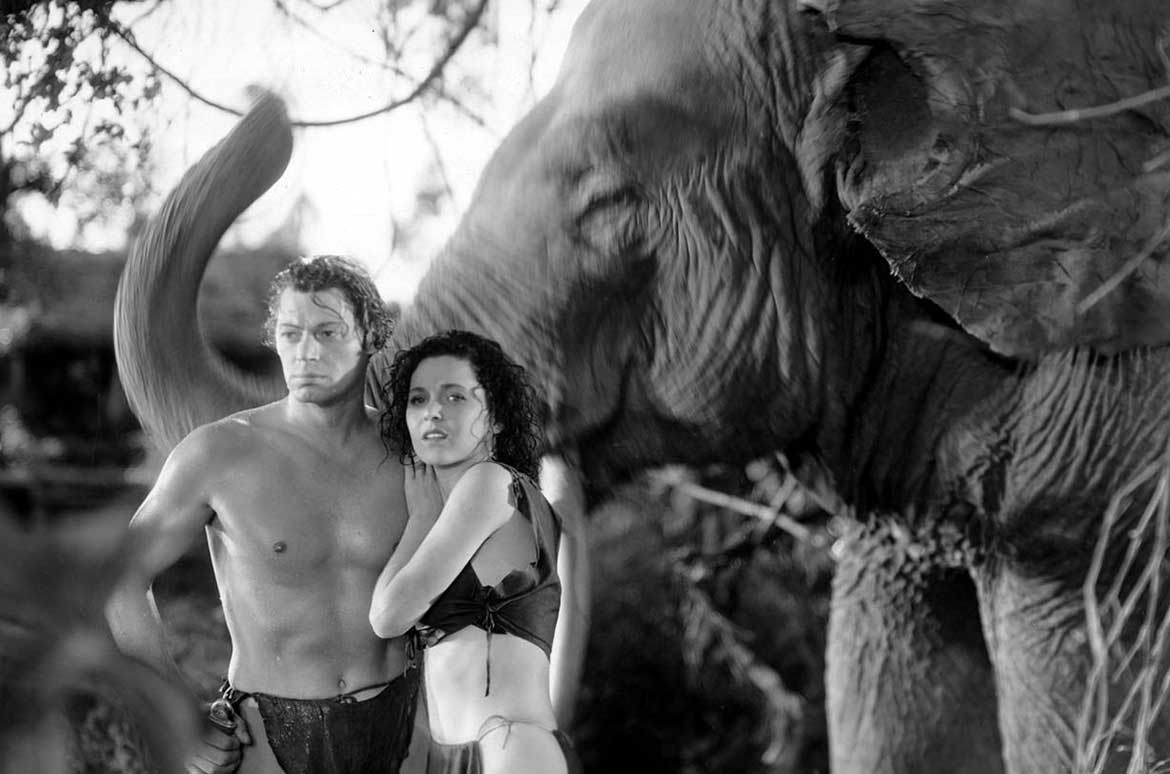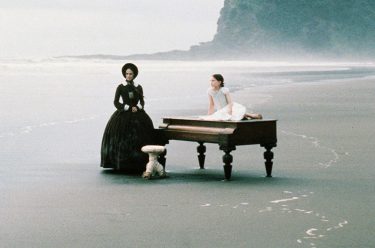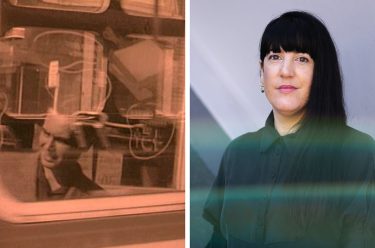In 2018 the Gallery’s Australian Cinémathèque presents major film programs complementing exhibitions ‘Patricia Piccinini: Curious Affection’ and ‘APT9’ alongside our free stand-alone film programs ‘All the Worlds Memories’ until 24 February, ‘Exotic Hollywood’ 4 – 28 February and ‘Rainer Werner Fassbinder’ (Part 2) 1 June – 4 July.
Exotic Hollywood
In the 1920s and 1930s cinema audiences craved adventure and melodrama from Hollywood. Amid the glamour and gangster films popular at the time came a wave of films that sought to capture the allure of faraway lands. An eclectic mix of documentary, drama and escapist fantasy, these films transplanted topical narratives of shifting gender, race and social values to the dramatic foreign landscapes of Africa, the Middle East, the South Seas and Asia.
‘Exotic Hollywood’ is a free program that brings together a selection of these films drawn from the time between World War One and World War Two, when international tourism was still only accessible to the affluent. It offers insights into the American imagination and its conflicted relationship with cultural, racial and sexual views of the time. It depicts thrilling, if not accurate, tales of adventure and heroism that enticed audiences with dreams of an unspoiled Eden where, after the horrors of World War One, freedom and redemption were possible.
IMAGINING THE EXOTIC – HOLLYWOOD AND IDEAS OF PARADISE
Opening weekend screenings
SIMBA: THE KING OF THE BEASTS 1928 Ages 15+
1.00pm Sunday 4 February 2018 (1hr 27mins) | Free, no bookings required
TARZAN AND HIS MATE 1934 PG
3.00pm Sunday 4 February 2018 (1hr 44mins) | Free, no bookings required
The opening weekend of ‘Exotic Hollywood’ brings together two African Adventures; the docu-drama Simba: King of the Beasts which followed husband and wife team Martin and Osa Johnson on their four-year African Safari, one of the first to ever be filmed, and its frothy Hollywood equivalent Tarzan and his Mate, a risqué jungle romance featuring the beloved characters Tarzan and Jane.
SIMBA: THE KING OF THE BEASTS
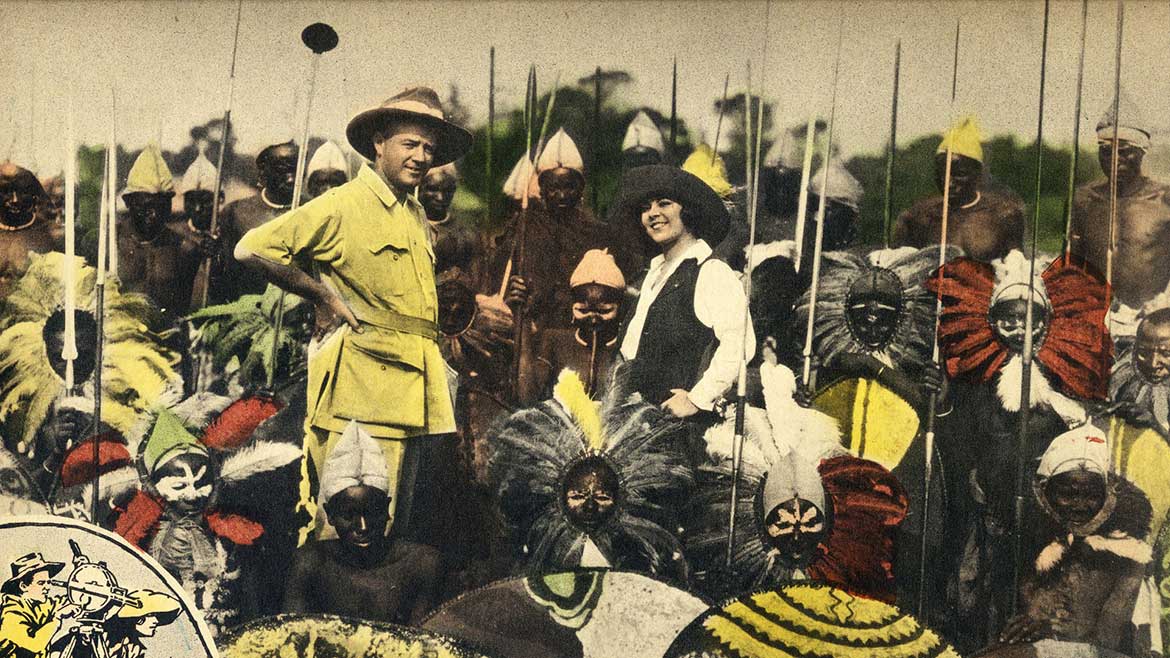
Simba: King of the Beasts offered 1920’s Western audiences insight into a continent far removed from their every day. With its dramatic images of charging rhinos, stampeding elephants and other wildlife experiences, the intrepid adventures of husband and wife team Martin and Osa Johnson inspired generations of viewers to dream of an untamed Africa. Shot primarily in Kenya, the Johnsons filmed both the local people and the wildlife around them in a way not previously documented. Experts at knowing their audience, the Johnsons placed a young and vibrant Osa in front of the camera while Martin filmed. Embodying the ideals of a modern woman, Osa was filmed wearing pants, carrying a shotgun, and with the help of clever editing, showcasing her resourcefulness from shooting a charging rhino to whipping up an apple pie over a camp oven. The subsequent exposure from the documentary, and others that followed, created a level of audience adoration previously seen only for movie stars.
TARZAN AND HIS MATE

Tarzan and his Mate, the raunchiest of the MGM Tarzan films, was made just prior to the introduction of the Hays Code (a regulatory code enforcing acceptable moral standards for the production of US films). A year after the events in Tarzan and the Ape Man (1932), which saw Jane leave behind her worldly life in London for her love of Tarzan (and an African jungle existence unfettered by the social mores of ‘civilised’ society), her former boyfriend Harry Holt returns to Africa to attempt once again to plunder the elephant burial ground. He also hopes to lure Jane away from life with Tarzan with a selection of evening gowns, shoes, make-up and other trappings of society.
Holt and his sidekick deal with their masculine crisis with wisecracks and cigars, while the scantily clad Tarzan (Johnny Weissmuller) and Jane (Maureen O’Sullivan) swing through the trees, playing erotically charged games. Jane narrates their activities with references to English high society rituals – mocking her civilised past (and its men) and championing her life with Tarzan in their jungle paradise.
Interesting facts: TARZAN AND HIS MATE
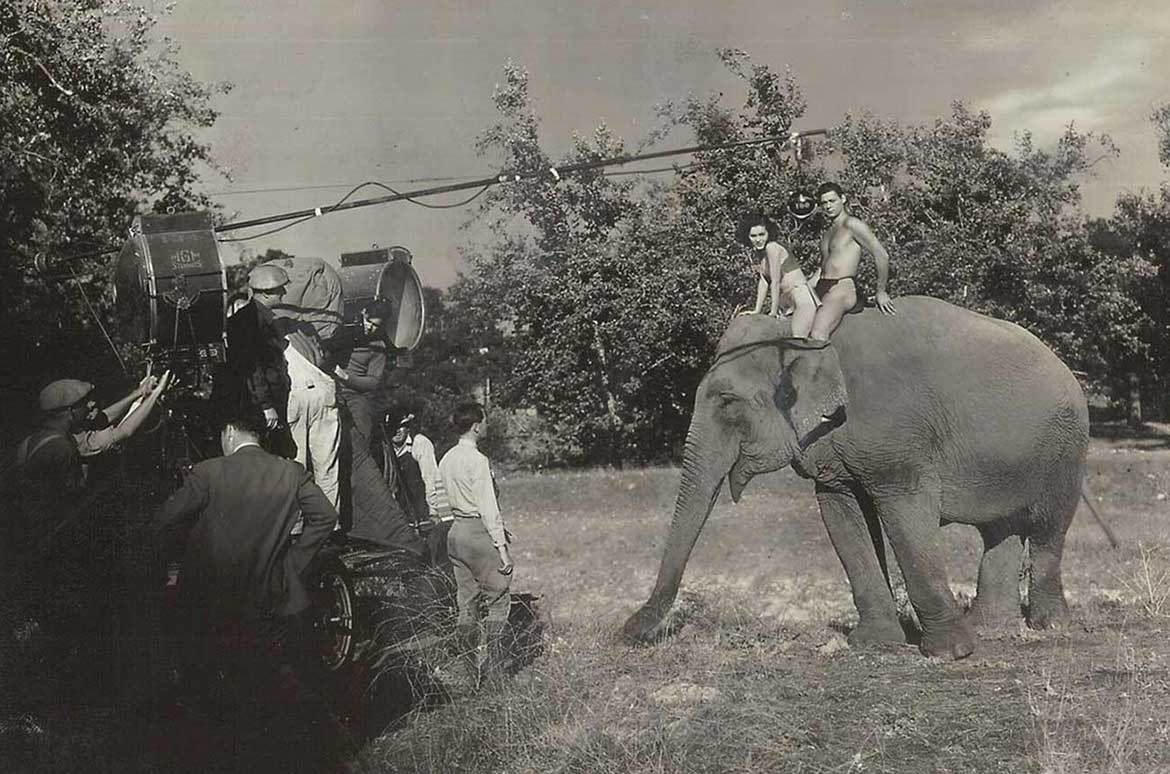
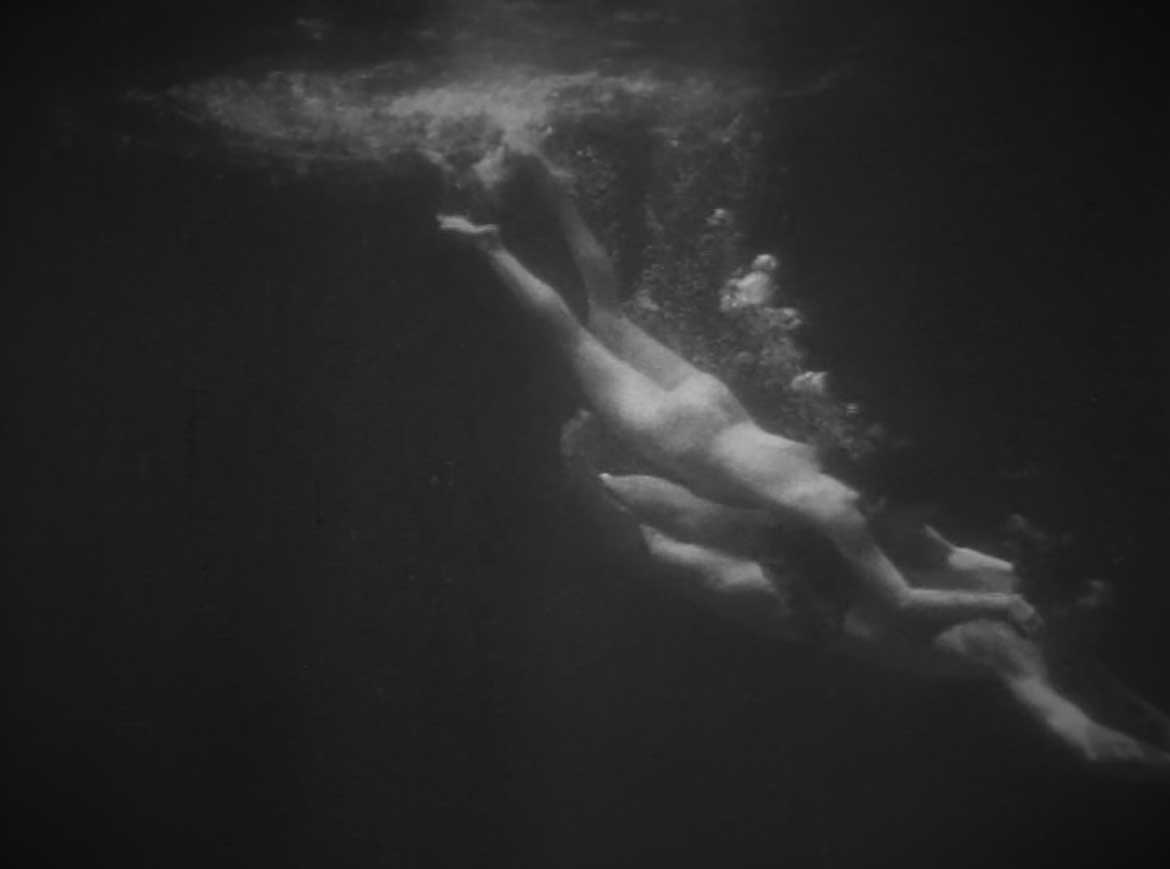
DELVE DEEPER INTO exotic hollywood / explore the screening program
QAGOMA is the only Australian art gallery with purpose-built facilities dedicated to film and the moving image. The Australian Cinémathèque provides an ongoing program of film and video that you’re unlikely to see elsewhere, offering a rich and diverse experience of the moving image, showcasing the work of influential filmmakers and international cinema, rare 35mm prints, recent restorations and silent films with live musical accompaniment. As we do not screen trailers prior to films we suggest you arrive early to allow plenty of time to enter and find a seat. For newcomers to the Cinémathèque here’s a map and information to help you find your way.
